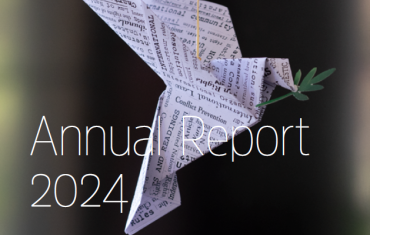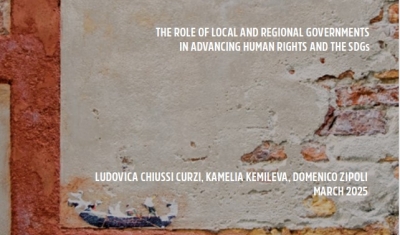FORTAJUS-DH stands out because it goes far beyond counting cases or simply checking compliance with international recommendations. From the very beginning, the team developed its own methodologies to translate abstract human rights obligations into concrete, measurable indicators. This makes it possible to see not only whether obligations are being fulfilled, but also “how they are applied in practice”.
The journey has been built in layers. The “first layer”, or the conceptualization phase, involves translating international standards into specific, measurable indicators. This requires careful interpretation, methodological rigor, and an understanding of how judicial processes actually work. Every indicator is designed to reflect meaningful actions derived from international obligations, not just data points.
The “second layer” focuses on the generation and extraction of information—a big-data phase that combines manual, artisanal work with partial automation. Here, we structure, validate, and process millions of judicial rulings using a hybrid approach, mixing traditional analysis with automated tools and language models. This isn’t just about efficiency; it’s about laying the foundation for future AI-driven insights. Once fully operational, these systems will be able to anticipate trends, detect risks, and support proactive human rights monitoring. All of this should lead to evidence-based decision making while crafting public policies within the Mexican judiciary.
Finally, the new system is connected to pre-existing systems and data bases through an API, which means that it doesn´t require additional inputs nor it pose new obligations for the personnel in charge of adjudicating cases.
In short, FORTAJUS-DH is both “methodology and innovation”: a carefully built bridge between human rights law, judicial practice, and the future of AI in monitoring.






